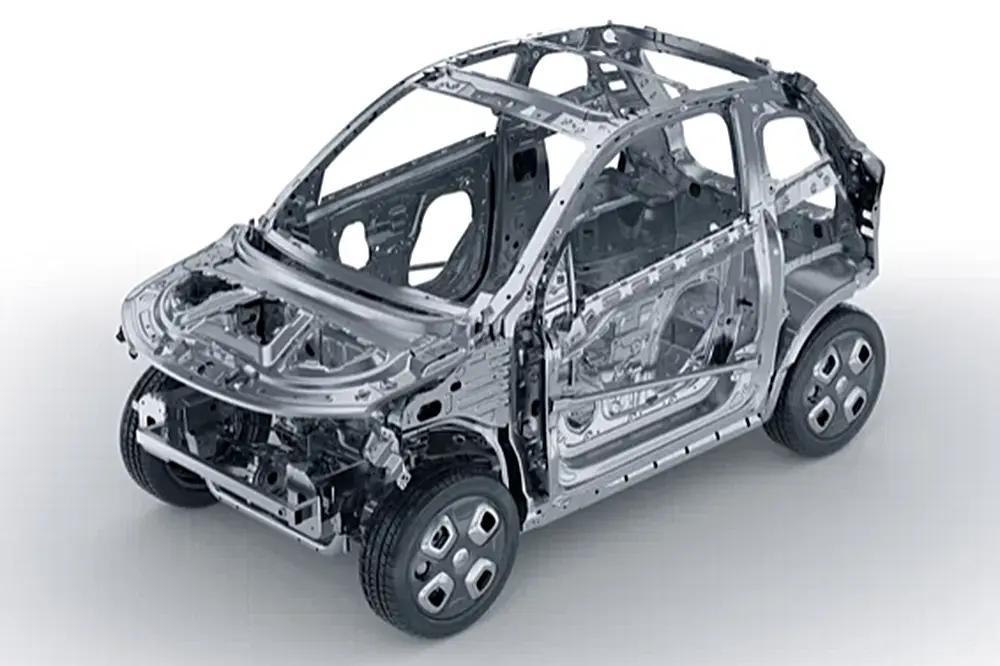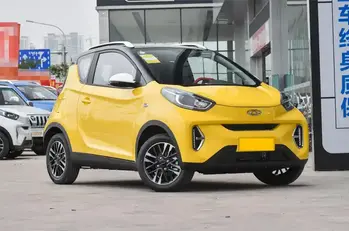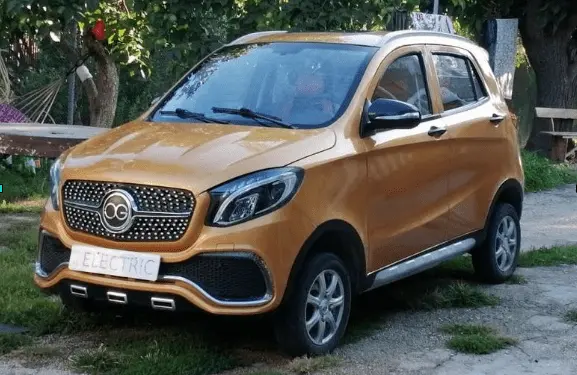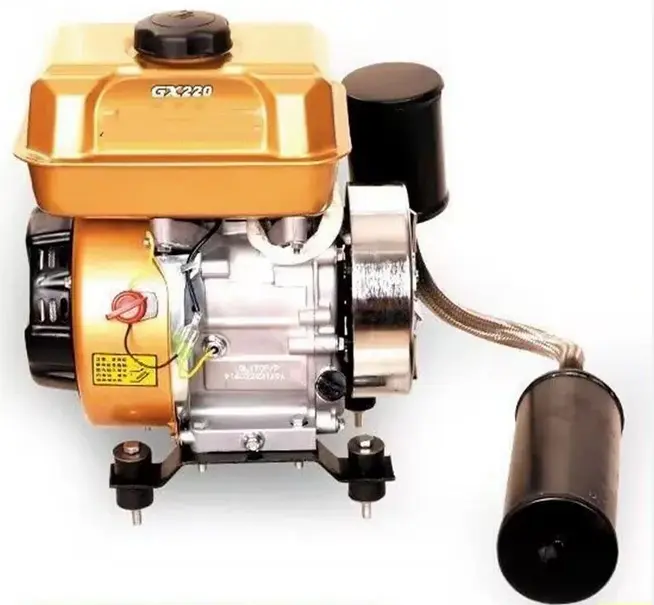
EVs are designed by calculating the weight of the car including batteries, for the power and speed required. No longer are the little affordable EV designs simply a plastic box on a golf cart chassis. As with all things, EV design has evolved. Proper monocoque steel body shells have become the norm rather than the exception as can be seen in the photos below. EV design has come of age. Many of the little cars are worthy of the big manufacturers.
Designing a cheap electric vehicle (EV) with a focus on cost, while considering weight constraints due to passengers and the battery, and using LiFePO4 batteries for cost reasons, is a challenging but achievable task. Here’s a step-by-step process to guide you through this EV design:
The Affordable EV design
Chinese designers have worked on these principles to build cheap but efficient and effective transport by the million. Many Western drivers immediately scoff at the cheap, cheerful but often quite beautiful little cars turned out in China, then return to their ugly great tanks to spend all of their cash on unnecessary amounts of eco-unfriendly fuel, simply to carry one person to the village shop and back.

- Define Design Objectives:
- Specify your primary goals: low cost, efficiency, safety, and a maximum speed of 50 km/h.
- Calculate the total weight capacity, considering four passengers (320 kg) and the battery weight (216 kg), totalling 536 kg.
- Select Vehicle Type:
- Choose a simple and lightweight EV design, like a compact electric car or a small SUV, depending on the intended use. The trend at present appears to be a form of small SUV-type vehicle.

- Efficient Drivetrain:
- Select a cost-effective electric motor and drivetrain system that can provide the desired speed but not more to keep costs down.
- As motor size increases so does the cost of controller and associated equipment.
- Opt for a single-speed transmission or a direct-drive system to minimize complexity and cost.
The next choice we have to make is batteries. Whilst the best choice at present would appear to be lithium-ion, the cost involved would likely take the vehicle to a cost bracket we would like to avoid. Gel batteries are a possibility as are AGM, but a far better option would be to use LiFe-PO4. These batteries have a higher cost than the lead/acid varieties mentioned, but in the interests of efficiency and extra mileage per charge, which is a high selling point, LiFe-PO4 seem to be our answer. LiFePO4 batteries also have a longer life than other types available.
- Battery Selection (LiFePO4):

- LiFePO4 batteries are a good choice for their cost-efficiency and safety.
- Calculate the battery capacity required for your desired range and speed. Since the top speed is 50 km/h and performance isn’t a top priority, aim for a moderate range, perhaps 80-100 km on a single charge.
- Optimize battery pack design to distribute weight evenly and ensure safe operation.
- Weight Optimization:
- Use lightweight materials like aluminium or composites for the vehicle’s chassis and body to minimize the overall weight.
- Implement efficient EV design practices to reduce the weight of components while maintaining safety.
- Aerodynamics:
- Design the vehicle with basic aerodynamic considerations to reduce air resistance at low speeds, improving energy efficiency.
- Charging System:
- Implement a basic and cost-effective charging system suitable for the LiFePO4 battery pack. A standard 220V household charger should suffice.
- Safety Measures:
- Include essential safety features such as seat belts, basic suspension, and effective braking systems. Safety should not be compromised for cost reasons.
- Cost Optimization:
- Prioritize cost-effective components and manufacturing processes. Consider sourcing components locally to reduce shipping costs.
- Explore opportunities for cost-sharing with other vehicle models if applicable.
- Regulatory Compliance:
- Ensure that the vehicle complies with safety and emission standards applicable in your region.
- Testing and Prototyping:
- Build prototypes and conduct extensive testing, especially focusing on battery performance, safety, and vehicle dynamics.
- Manufacturing and Assembly:
- Set up an efficient and cost-effective production process, considering economies of scale as production volume increases.
- Pricing Strategy:
- Determine a competitive and affordable price point based on production costs, desired profit margin, and market research.
- Market Launch and Distribution:
- Plan your product launch strategy, including marketing, distribution, and after-sales support.
- Continuous Improvement:
- Gather feedback from users and make incremental improvements to enhance the vehicle’s quality and features while maintaining affordability.
- Sustainability Considerations:
- Explore sustainable materials and production methods if possible, as sustainability can be a selling point and reduce long-term costs.

Balancing cost, weight, and performance in a cheap EV design requires careful planning and trade-offs. Keep in mind that battery safety and longevity are crucial when using LiFePO4 batteries. Additionally, consider the expected usage conditions, as this can influence design decisions and ensure that the vehicle meets the needs of its intended users.







